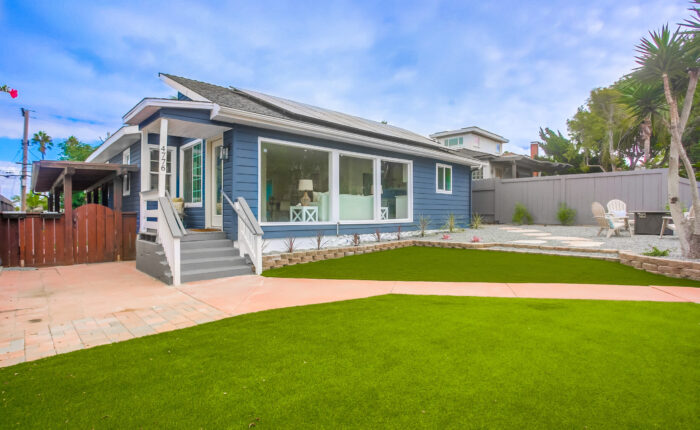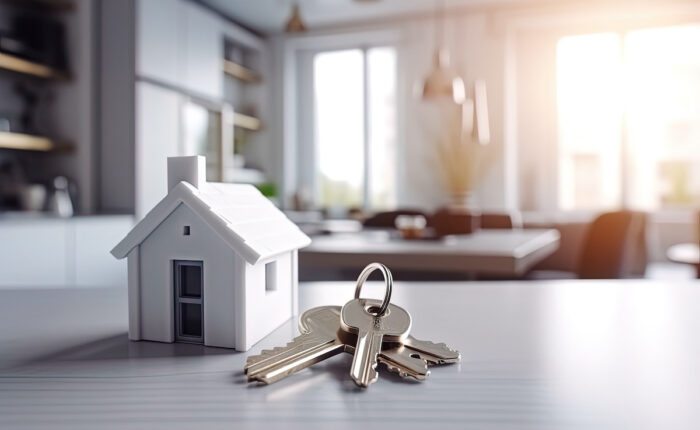Picking the best home improvements to make in order to help a property sell faster and for more money remains a highly controversial topic. Many homeowners, including real estate agents and investors, are delusional when it comes to how much value certain home improvements really add to the value of a property. So which home improvements are really more hype than help? Which are really the best moves to make for selling your house faster, and for the most money?
The Dangers of Misinformation
The Internet has simultaneously become the best friend and worst enemy of homeowners desperate to find information. The web offers instant access to volumes of information on home improvements, tips for marketing and selling houses, and ideas for home makeovers and DIY projects. Unfortunately, easy publishing has also made it too easy for erroneous information to invade cyberspace and mislead both homeowners and avid real estate investors alike.
When it comes to home improvements, this misinformation can be extremely costly. Imagine a distressed homeowner putting the last of their retirement savings into a home improvement project in hopes of helping their home sell before it goes to foreclosure, only to find they haven’t added any real value, or worse; have actually depreciated their properties in the process. That can be financially ruinous, and not just for the owner, but can set back, and deprive future generations from a good start in life.
Horrific Home Improvement Ideas for Home Sellers
Virtually any desired home improvement can be a great one if you plan to keep your property long term. After all, taste and interior design are all about personal choice. However, when it comes to attempting to sell a home and increase its appeal and value, there are some big blunders to avoid. Less than ideal choices may include reducing the number of bedrooms in a home and illegal (unpermitted) additions or conversions. These blunders can directly slash a home’s value, and even render it unsalable. Subsequently, many have over-improved homes to excess, throwing away valuable cash, and like Sandra Lee’s recent interior décor debacle – caused property taxes to spike by 30%, further detracting from a home’s appeal.
Most won’t make these major mistakes, but many other home improvements are clouded in hype and can cause similar financial losses.
For instance; Bullfrog Spas’ Hot Tub Blog recently highlighted the most recent Cost vs. Value Report, in which each of every 35 major home improvements evaluated were shown to actually lose money. When doing the math on a major bathroom remodel, garage addition or home office remodel and realizing only 48% to 69% of the money invested may be recouped in a sale. That’s some serious money. Instead of actually increasing value and pocketing more money, sellers performing some of these home improvements are just flushing their capital away.
Another major consideration with larger and more intensive remodeling jobs is the time involved. Sure you can put in a swimming pool and potentially add real value to a home, but do you want to wait 3 to 6 months to be able to market the home for sale?
Proper Planning for Value Adding Home Improvements
In addition to getting educated and obtaining accurate information about what various home improvements can add or lose in value, planning out remodeling and taking wider factors into consideration can go a long way.
7 items to keep in mind when planning include:
- Knowing your budget capacity
- Allowing for overages (at least 5% to 20%)
- Staying focused on ultimate end goals
- Understanding related risks such as potential for creating larger repair and replacement needs
- Timelines (desired sale timeframe, and for completing work)
- Acknowledging household member’s stress thresholds
- Knowing the best personal selling strategy (For Sale By Owner, using a Realtor, or selling directly to a real estate investor for cash fast)
Determining the Real Value of Home Improvements
There are two distinct measurements in evaluating home improvements when it comes to preparing a property for sale:
- The perceived value and appeal to prospective home buyers
- Actual tangible value that can be banked on
It can be of value to invest in sprucing up a home’s appeal in order to get more inquiries, drive showings, and make buyers fall in love with the property. However, it is critical for homeowners to understand that many of these cosmetic augmentations will not add one cent in actual appraised value. It doesn’t matter if someone would be willing to pay you 2 million dollars for your little 2 bedroom cottage. If they need a mortgage, and the real appraised value is barely over 200,000, they won’t receive any funding. Essentially, your improvements will prevent you from making your money back.
Curb appeal, finishes, hardware and fixtures, new flooring and counter tops can all be tremendous upgrades. Yet, more often than not, and unless they take a property from dismal condemned dump to the cover of the hottest home fashion mag, they aren’t adding real bankable value. The main items which do factor in to tangible appraised value include square footage, number of bedrooms and bathrooms, site location and type of lot, location and comparable sales.
Without question, the best way to figure out exactly which home improvements to make is to ask a local, licensed property appraiser. For those looking for some more affordable hacks to helping their homes sell faster and for more money, consider the following:
- Hybrids options for adding square foot like sun-rooms with AC
- Home staging
- Better real estate photography
- Opting for a quick, as-is sale for cash






